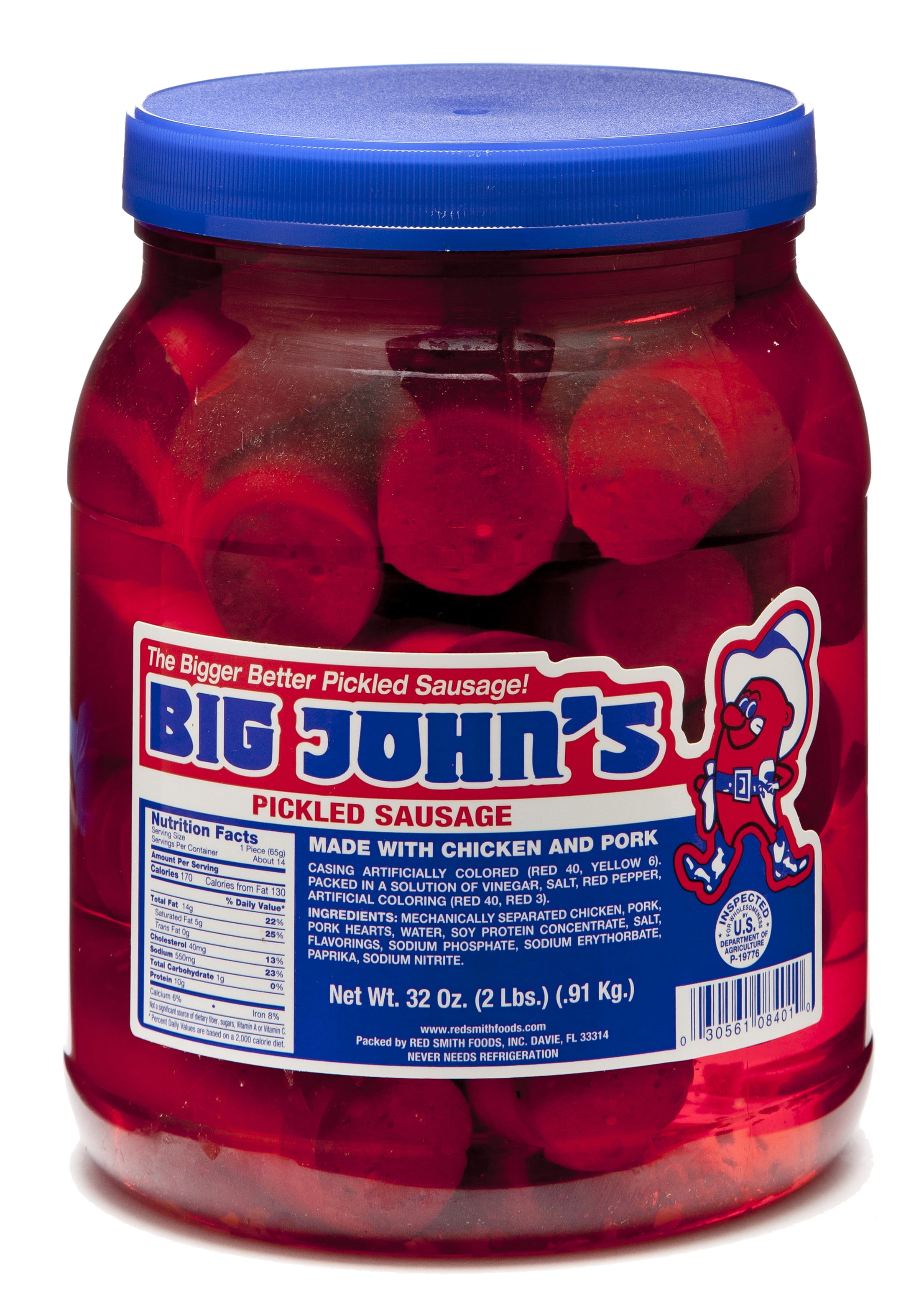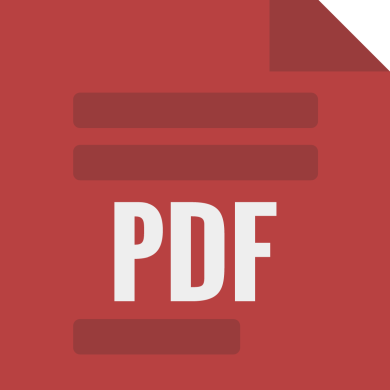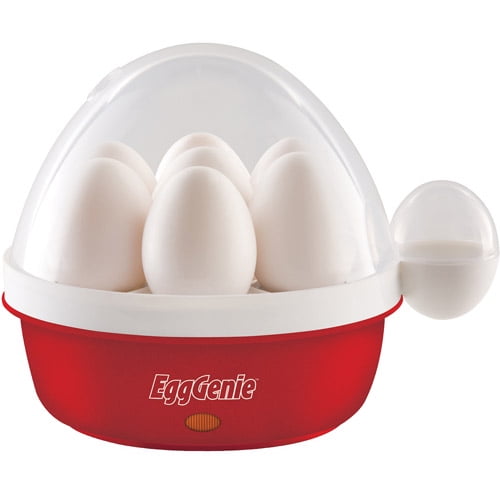

If you use heavy shadow effects, you’ll have a button that looks old at best, cheap at worst.Īnd now, let’s see some fantastic button examples and learn from the best.īuttons that fit perfectly within the branded context #1.

Shadows – Use shadows only if it’s a must and make sure they’re subtle.These buttons are a transition between regular buttons and plain CTA texts. Borders – this effect is somewhat outdated, but if you insist on using borders, use transparent buttons with borders.White space helps the button stand out and makes the call to action more legible for the users. White Space – Buttons should always have considerable white space around them.Sometimes, due to the small size, users mistype. In other words, make the buttons big enough for the users to tap them. For mobile users, the buttons should be finger-friendly. However, if you make the button too big, it will look dissonantly related to the overall layout. Size – The size of the button should be large enough to allow users to read the text easily.Generally, the human eye will scan a visual image right to left (not left to right), that’s why it is best to place the button in the lower area, left, central or right, depending on what other elements you work with and must include in the visual. Positioning – there is one simple rule in banner design regarding button placement: put your buttons where users expect to find them.

You can always go for creative CTAs, but be careful not to sabotage your objective, that is motivating the user to click your ad.

Like “Buy Now”, “Shop Now”, “Get offer” etc.Īlso, the CTA should create a sense of urgency.


 0 kommentar(er)
0 kommentar(er)
